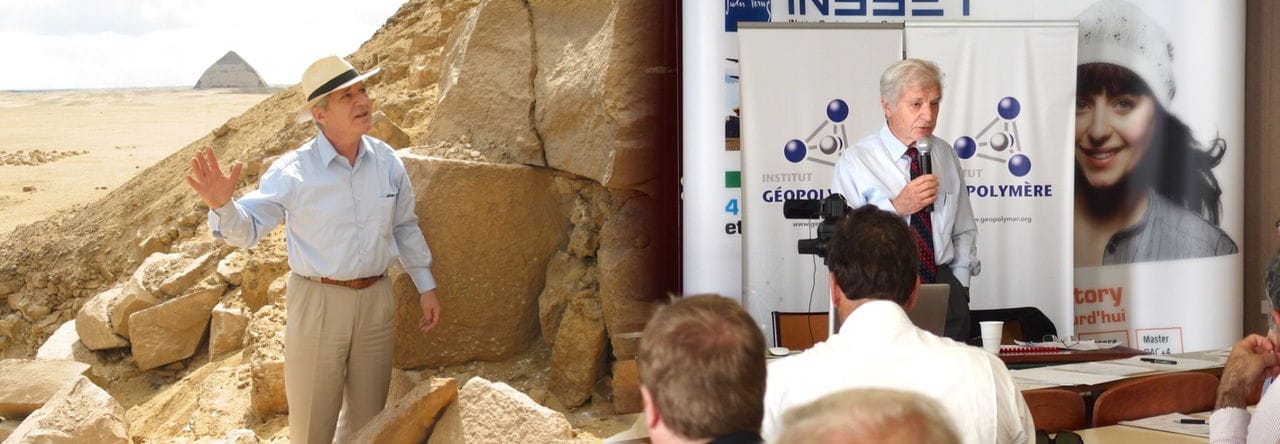Recently, worldwide medias reported following headline news: “on March 30, 2007, Dassault Systems, one of the first world editors of 3D computer solutions, and architect Jean-Pierre Houdin, reveal the first theory devoted to the construction of the pyramid of Cheops that is scientifically validated, during a news conference presented at the Géode, City of Sciences, Paris ”.
One reads here clearly that 3D computer simulation has scientifically validated this theory of pyramid construction. The system introduces the use of internal ramps, instead of the external ramps previously suggested by Egyptologists. It is common knowledge that a computer works with the data that have been provided on its hard disk. If these data prove to be false or inaccurate, then the computer program will simulate and confirm a false theory. According to Dassault Systèmes, it is the first time that 3D simulation is employed in the demonstration of a theory on pyramids construction. This is wrong. Recently, the Palais de la Découverte, Paris, organized an exhibition dedicated to the Hypothesis on pyramids construction (December 19, 2006 to March 13, 2007, see the monthly magazine Découverte Revue du Palais de la Découverte, December 2006). Three theories were presented there, two bearing on a system of ramps and hewn stones, and my own one (agglomerated limestone concrete, by chemistry, instead of carved stones). These two other theories were based on “a demonstration confirmed by 3D simulation”. Although less sophisticated than the program used by Dassault, they worked on the same guiding principles. The first one, by J.P. Petit, former Research Director at CNRS, recommended an external ramp. The second one, by P. Crozat, architect doctor-engineer, favored an accretion system, external ramps and machines.
The three basically different theories by Houdin, Petit and Crozat were all validated “scientifically with 3D simulation ”. Accordingly, all three would be exact and explain the true methods used by the ancient Egyptians. Actually, it would mean that none of them is accurate, because science cannot validate at the same time several theories, which are fundamentally different and opposite in their concepts.
The readers of my books on the pyramids know very well that I did not apply any computer demonstration to simulate the results of my own research. On the contrary! Thus, in the chapter entitled: The proof by experimentation, (cf. Joseph Davidovits, Le béton des pyramides égyptiennes, Découverte, n° 343, December 2006, pages 47-60), I wrote:
Any scientific method is indeed based on theory verified by practice. The best approach is to carry out full-scale experiments and not to rely on small-scale models or computer simulations like those favored by theorists on the transport of hewn stones by ramps and sledges. Our team’s aim was to make, not pyramids, but blocks weighing several tonnes. During the summer 2002, at the Géopolymère Institute in Saint-Quentin (Aisne), we experienced the manufacture of four blocks of different sizes and unequal constitution, totalizing up to 12 tons and resembling those of the pyramids at Giza (see the video at www.geopolymer.org).
Will the engineers at Dassault Systèmes ever put their theory into practice themselves? They will discover that there is a far road between glittering spangles and the field of reality.
 In English
In English En Français
En Français